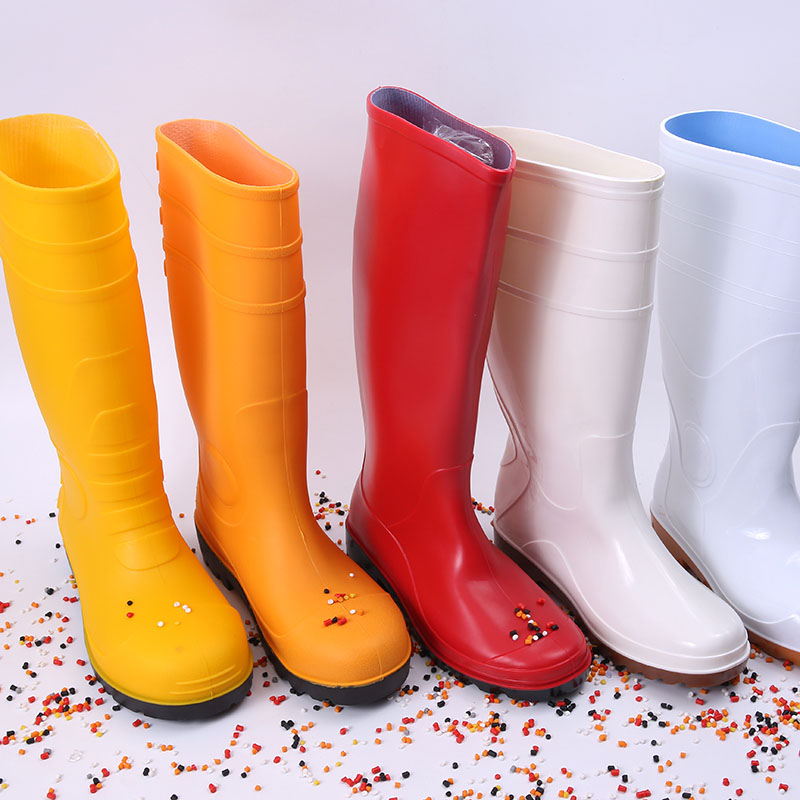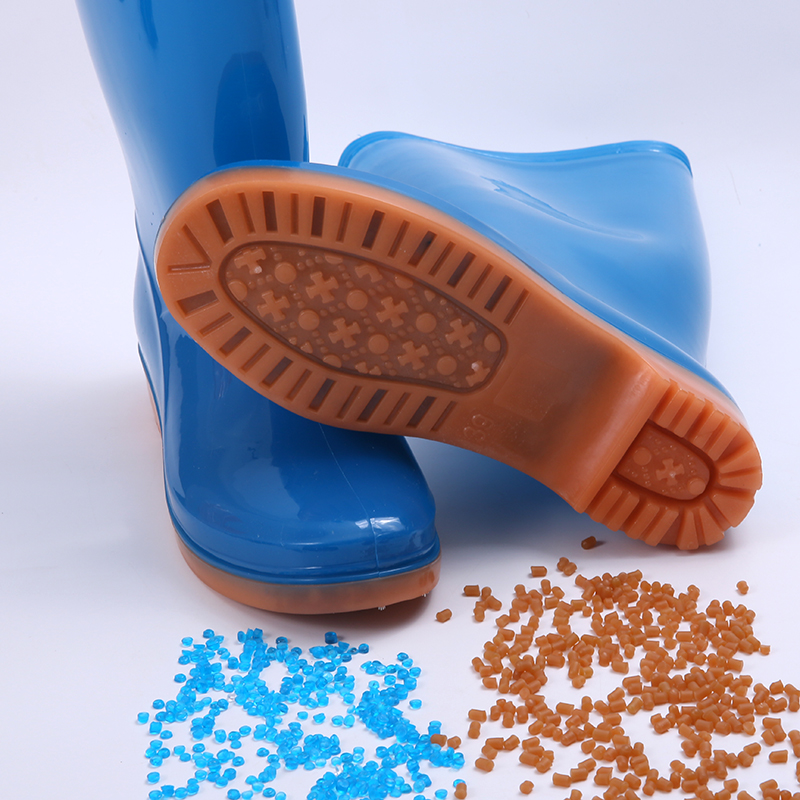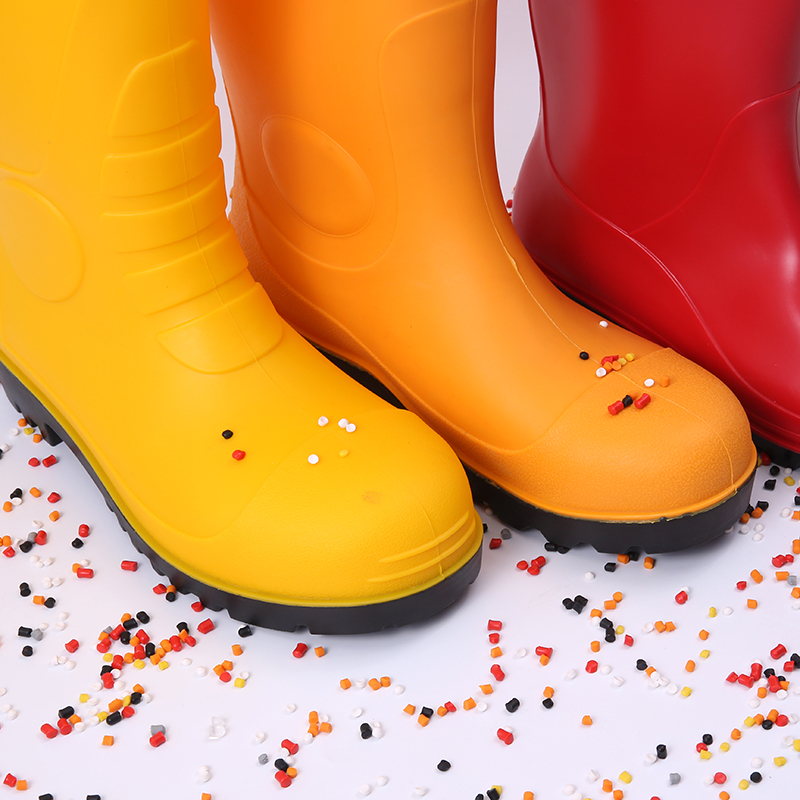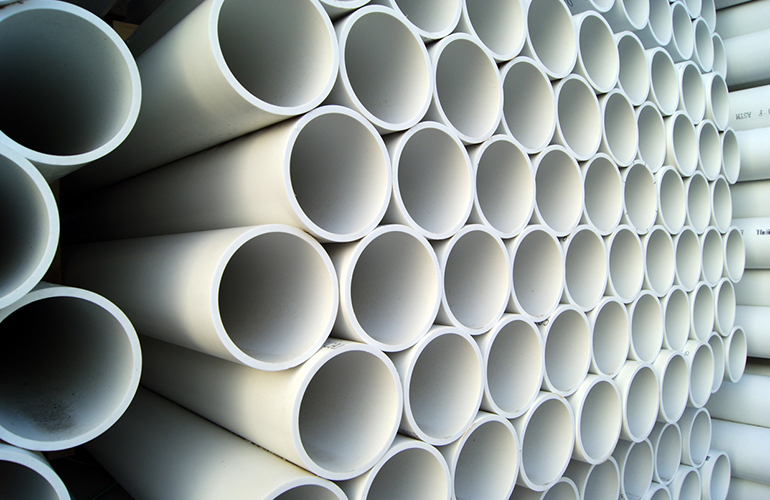If you’ve come to this page, you are probably familiar with what gumboots are and the need for high quality, waterproof boots. But, have you stopped to think, what are rain boots made of? Well, most waterproof boots are made from either natural rubber or polyvinyl chloride - a synthetic material colloquially known as PVC or vinyl.

Natural rubber comes from the latex (sap) of the rubber tree (Havea brasiliensis) which grows globally in tropical biomes such as Brazil, Thailand, and Indonesia. PVC, on the other hand, is a type of plastic formulated in a lab and derived from petroleum. There are pros and cons in working with a nature-based or a synthetic substance as each material offers something different with regards to quality, durability, weight, and affordability.
First, let’s chat about natural rubber! All Merry People gumboots are made with natural rubber outer and sole. To be transformed from latex into rubber (and then into your gumboots), natural latex undergoes vulcanisation, a process developed and patented by Charles Goodyear of Goodyear tyres. Vulcanisation tempers the rubber and allows it to be easily moulded into other shapes. From there, it is die-cast into the curved shapes of boots. This is a longer production process than the methods used in crafting PVC gumboots, but the result is higher quality insulation, softness, and anti-corrosion performance.
The durability, elasticity, and quality of natural rubber does come with trade offs in weight and cost. By its nature, rubber is a heavier material than PVC, meaning natural rubber gumboots are heavier than PVC gumboots. The manual work involved in tapping latex from the rubber tree and processing it into rubber is also more expensive than the processes involved in fabricating PVC. This means that natural rubber gumboots are generally more expensive than PVC gumboots. There is, however, a tradeoff to be made as the higher initial cost for durable natural rubber is paid off in the longevity of the material as your boots will not need to be replaced frequently. We believe strongly in the value behind durability and assessing the cost-per-wear of your gumboots and we stand by this with a one-year warranty on our boots.
Now let’s talk about PVC! PVC is a lightweight synthetic plastic produced, in part, from petroleum. Creating PVC is a complex process involving lots of chemistry, but it is also now a very popular and inexpensive process used across a broad range of industries. To convert PVC into boots, tiny pellets of PVC are melted into a liquid form, then poured around a boot mould in a process called injection-moulding. Injection moulding is used for an array of projects, making it a relatively inexpensive process for fabrication and makes PVC boots a popular low-cost option for waterproofing and for those looking for light-weight boots.


The durability, elasticity, and quality of natural rubber does come with trade offs in weight and cost. By its nature, rubber is a heavier material than PVC, meaning natural rubber gumboots are heavier than PVC gumboots. The manual work involved in tapping latex from the rubber tree and processing it into rubber is also more expensive than the processes involved in fabricating PVC. This means that natural rubber gumboots are generally more expensive than PVC gumboots. There is, however, a tradeoff to be made as the higher initial cost for durable natural rubber is paid off in the longevity of the material as your boots will not need to be replaced frequently. We believe strongly in the value behind durability and assessing the cost-per-wear of your gumboots and we stand by this with a one-year warranty on our boots.
Now let’s talk about PVC! PVC is a lightweight synthetic plastic produced, in part, from petroleum. Creating PVC is a complex process involving lots of chemistry, but it is also now a very popular and inexpensive process used across a broad range of industries. To convert PVC into boots, tiny pellets of PVC are melted into a liquid form, then poured around a boot mould in a process called injection-moulding. Injection moulding is used for an array of projects, making it a relatively inexpensive process for fabrication and makes PVC boots a popular low-cost option for waterproofing and for those looking for light-weight boots.
Post time: Jun-21-2021










